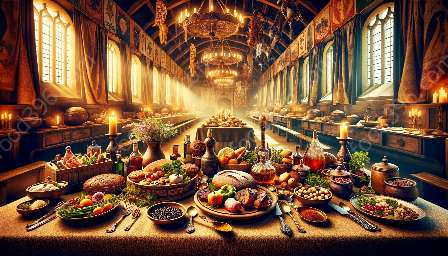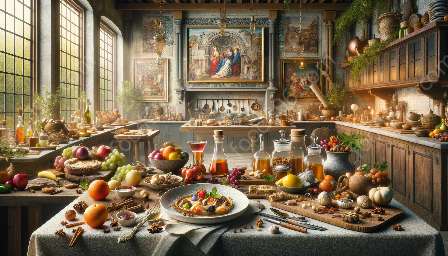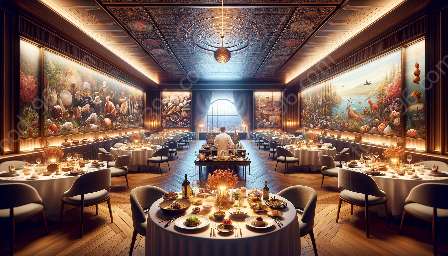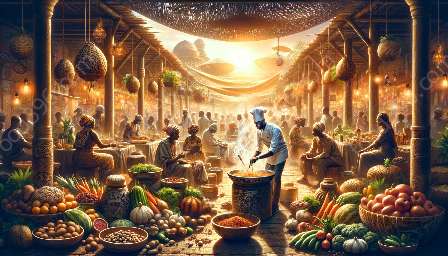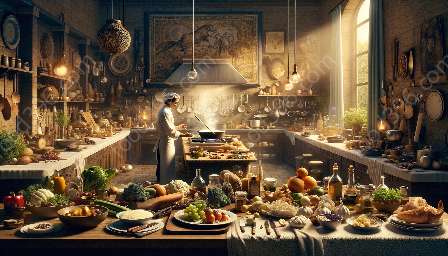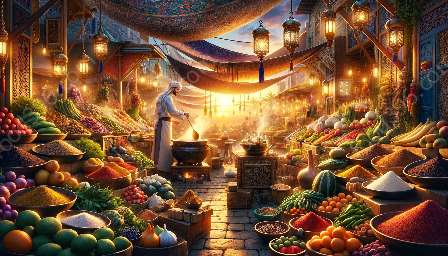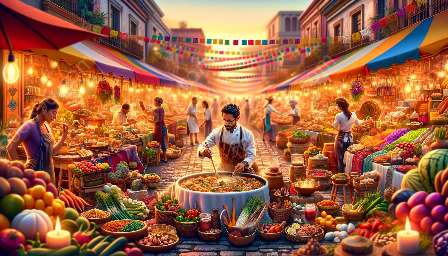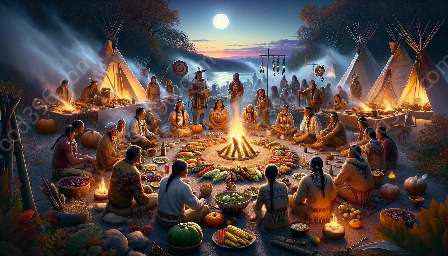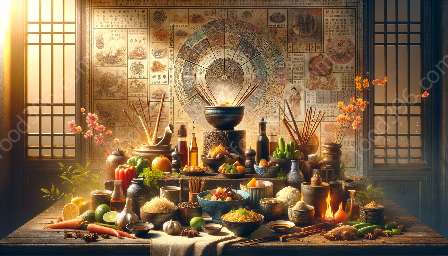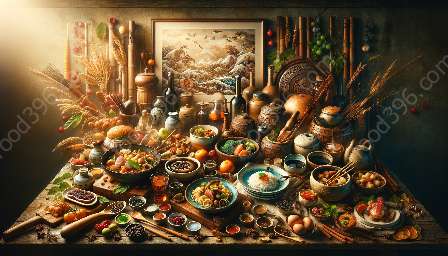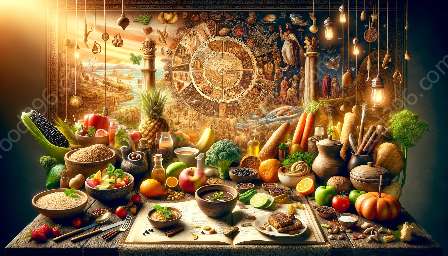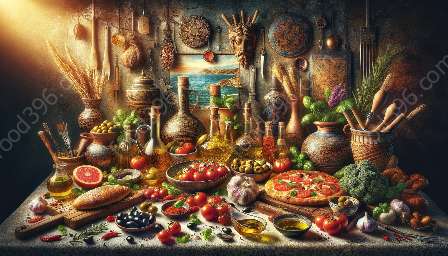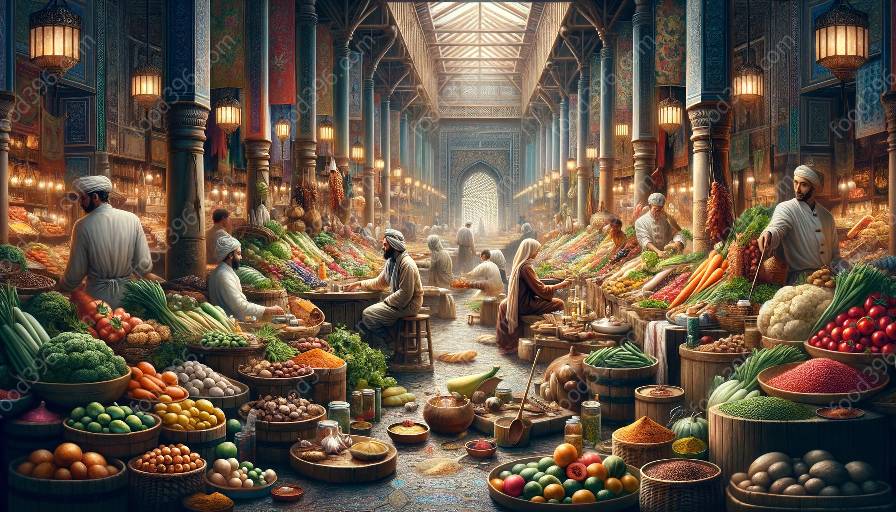Early modern cuisine history is a fascinating tapestry of culinary traditions, evolving tastes, and cultural influences that reflect the societies of the time. Exploring the diverse ingredients, cooking methods, and cultural exchanges during this period provides valuable insights into the rich and flavorful history of food and drink.
The Emergence of Early Modern Cuisine
Early modern cuisine refers to the culinary practices and dietary habits that emerged during the early modern period, roughly spanning from the 15th to the 18th century. This era witnessed significant shifts in food production, trade, and consumption, leading to the development of new culinary traditions and the introduction of novel ingredients and cooking techniques.
Exploring Ingredients and Flavors
One of the defining features of early modern cuisine was the exploration and expansion of global trade routes, which brought a diverse array of ingredients from different parts of the world to the dining tables of Europe, Asia, Africa, and the Americas. The spice trade, in particular, played a crucial role in shaping the flavors of early modern cuisine, introducing exotic spices like cinnamon, cloves, nutmeg, and pepper to European kitchens.
This influx of new ingredients not only enhanced the flavors of traditional dishes but also inspired the creation of innovative recipes that blended culinary traditions from around the world. As a result, early modern cuisine was characterized by its rich and complex flavor profiles, incorporating a wide range of herbs, spices, and aromatics to tantalize the taste buds.
Culinary Techniques and Innovations
Alongside the introduction of new ingredients, early modern cuisine also witnessed significant advancements in culinary techniques and cooking equipment. The widespread adoption of new cooking methods, such as braising, stewing, and roasting, allowed for the creation of more elaborate and sophisticated dishes, expanding the culinary repertoire beyond simple rustic fare.
In addition, the development of new kitchen technologies and utensils, such as improved hearths, ovens, and copper cookware, revolutionized the way food was prepared and served. These advancements not only made cooking more efficient but also elevated the presentation of dishes, giving rise to the art of gastronomy and the aesthetic appeal of early modern cuisine.
Cultural Influences on Early Modern Cuisine
Early modern cuisine was not only shaped by the exchange of ingredients and culinary techniques but also by the cultural interactions and influences that defined the era. As European explorers ventured into new territories and established global trade networks, they encountered diverse cultures with distinct culinary traditions, leading to a fusion of flavors and cooking styles.
The Columbian Exchange
The Columbian Exchange, named after Christopher Columbus, marked a pivotal moment in the history of early modern cuisine. This transatlantic transfer of plants, animals, and foodstuffs between the Old World and the New World had a profound impact on the culinary landscape, introducing native American ingredients, such as potatoes, tomatoes, maize, and chili peppers, to European kitchens.
Conversely, European commodities, such as wheat, grapes, and livestock, were introduced to the Americas, transforming the diets and culinary traditions of indigenous communities. This bi-directional exchange of culinary resources and flavors not only enriched the global food supply but also reshaped the culinary identities of societies on both sides of the Atlantic.
Royal Courts and Noble Banquets
At the heart of early modern cuisine were the royal courts and noble households, where sumptuous banquets and lavish feasts became showcases of gastronomic extravagance. The culinary arts flourished in these elite settings, giving rise to refined and elaborate dishes that reflected the opulence and sophistication of the ruling classes.
Artificial desserts, intricately decorated pastries, and elaborate confections became symbols of status and wealth, as skilled pastry chefs and confectioners mastered the craft of creating visually stunning and decadent sweet treats. These extravagant displays of culinary prowess exemplified the culinary aspirations of the aristocracy and became an integral part of early modern cuisine.
Legacy of Early Modern Cuisine
The legacy of early modern cuisine extends beyond its historical significance, shaping the culinary landscape of future generations and influencing contemporary gastronomy. The fusion of global flavors, the refinement of culinary techniques, and the cultural exchange of ingredients laid the foundation for the diverse and dynamic foodways that continue to inspire chefs and food enthusiasts today.
Global Culinary Heritage
The global exchange of ingredients and culinary practices during the early modern period contributed to the formation of a rich and diverse culinary heritage that transcends geographical boundaries. The amalgamation of flavors from different continents, the adaptation of cooking methods from various traditions, and the blending of cultural influences created a global tapestry of culinary delight that endures in the present day.
Culinary Innovation and Creativity
The spirit of culinary innovation and creativity that characterized early modern cuisine continues to drive culinary exploration and experimentation in the contemporary food scene. Chefs and food artisans draw inspiration from historical recipes, traditional cooking techniques, and ancient ingredients, infusing modern cuisine with a sense of heritage and authenticity.
By embracing the lessons of early modern cuisine, today's culinary professionals seek to honor the tradition of culinary craftsmanship while pushing the boundaries of flavor, presentation, and sustainability, ensuring that the legacy of early modern cuisine remains a source of inspiration for future generations.
